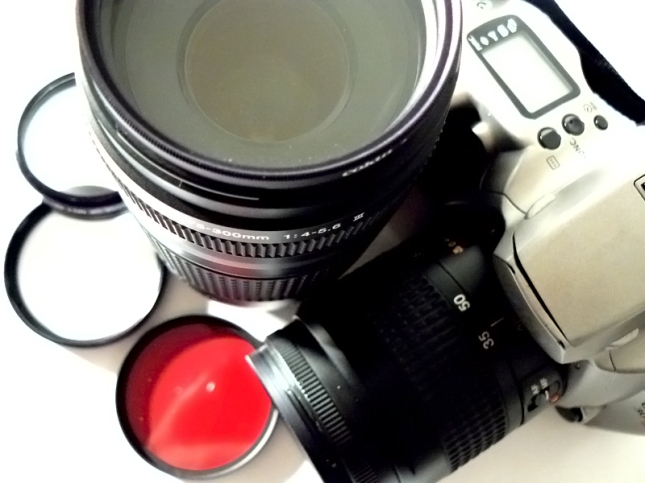By tom dinning via Light Stalking
This is a guest post by Tom Dinning who, besides being a professional photographer, teacher and mini-celebrity in the Light Stalking community, has also shared some very popular tutorials in the forums and in other posts.
If you have recovered from my recent post on shooting at first light, you might be ready for something a little more sedate. Enjoy breakfast with your partner, have an extra cup of coffee, even suggest your partner might like to come along (…on second thoughts, tell him/her you’re going to the dentist). Today we are photographing in that lovely light after sunrise.
Second light – Botanic Gardens.


I call this second light because, although I hate getting up too early, my preference is still for the light before sunrise. Still, it’s a great time to be out and about, especially if you’ve pulled a ‘sicky’ from work to join me.

I’m heading for the local Botanic Gardens for no particular reason than it’s there. My kit is made up of the usual suspects: a wide zoom (14 -24mm) and mid (24-70mm) but I’ve added a macro and a long focal length (200mm) for good reason as you will see.

Today is bright and sunny so I make sure I have all my lens hoods and a hat (that’s for my balding head). The tripod is always with me. In my experience, this time of the day can be deceiving. There seems to be heaps of light about but the shadows are quite dark so there could be some moderately long shutter speeds, especially if I want an extended depth of field.
(If you’re a beginner and I’ve just lost you with that stuff about depth of field and shutter speed, ask someone on Light Stalking to explain it to you. They’re really good at that.)

In my part of the world, this time of the day always seems extra saturated with the colours and the tonal contrast is amazing. So, I take full advantage of this. It’s what I call ‘shooting for the conditions’. I can’t change the climate but I can learn to live with it.

My eyes immediately begin to search the landscape for places where this saturation and contrast brings out the best in the frame. Deep green shadows are avoided. Speckled light is hard to expose correctly so I move out into the open.

Botanic Gardens are designed. So it’s worth looking for vista’s, frames within your frame, and nooks that have been purposefully constructed to catch one’s eye.

The low angle of the Sun provides beautiful backlight, rimming the tree trunks and highlighting the foliage. I walk and watch towards the Sun. seeking out long shadows that can be used to lead the eye.

Foreground and background are important but it’s easy to clutter the frame with too much. To avoid this, I take full advantage of my walking shoes and seek the best perspective before shooting; always endeavoring to keep that sun in the background.

‘But shooting into the sun?’ I hear you say. With a bit of maneuvering, the sun can be tucked behind some foliage or a tree trunk. You will need to watch that histogram for blow-outs (sorry, there’s nothing wrong with the tires on your car). If you’re not sure how to use it, read the Light Stalking article on how to read a histogram.
Go for detail in the shadows if you can and let the sun burn out a bit behind the trees. It gives a nice halo effect and gives the impression of a brilliant sunny day. But don’t overdo it.

Since it’s usually quiet this time of the morning there’s always an opportunity for a self-portrait. Seats are placed strategically among the trees for effect as well as rest, so include them in your shots.

Also look for those special plants, unusual textures, surprising angles and, of course, the obligatory close-up.

One thing I learnt from this trip was to watch where I leave my kit. This is the time when the gardeners are testing their sprinkler system. At least it saves me washing this week.

For some reason, Botanic Gardens are not heavily frequented by wildlife. I have more birds in my back yard. I did find a few grazing geese and a spider, but other than a stray dog and a dead cane toad, I was the only animal in the park – and even my zoological status has been questioned by some.

Now its time to finish up. You’ll have enough time to download this lot before settling on a nice lunch and a glass of Chard. Then prepare yourself for the midday run.
Thanks for joining me.

This is a guest post by Tom Dinning.
via Light Stalking » TUTORIAL: What’s your time of day? (Part 2) Shooting at Second Light.
Related articles
- How Using Strong ND Filters Can Create Awesome Results (sundayphotographer.wordpress.com)
- How to Shoot Landscapes With Bright Cloud Cover (sundayphotographer.wordpress.com)
- Your Camera Wants You To Be Average (digital-photography-school.com)


